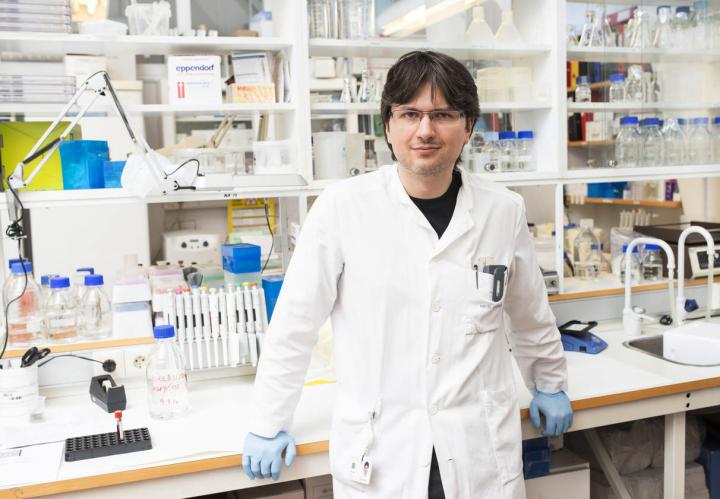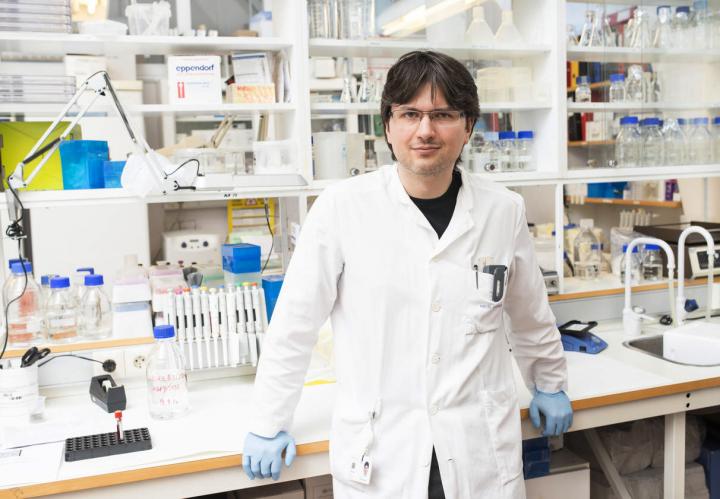
Credit: University of Bergen
A new Norwegian study shows new mechanisms behind Parkinson's disease, which can be key mechanisms for future treatment.
More than 10 million people worldwide have Parkinson's disease. The cause of Parkinson's disease is unknown and thus no effective treatments exist. A study from the University of Bergen (UiB) suggests that the secret of the disease may lie in the mitochondria, the powerhouses of the cell.
"We hope that our findings may be the key to a future treatment. There is generally very little knowledge about the mechanisms causing Parkinson's disease. Now, we are a step closer to understanding these mechanisms and we may have a target to strike at for therapy" says neurologist Dr Charalampos Tzoulis who directed the study at UiB's Department of Clinical Medicine and Haukeland University Hospital.
Aging of the brain
The problem, it seems, is that the microscopic powerhouses found in our brain cells are not able to adapt to the effects of aging in people who get Parkinson's disease. Mitochondria contain their own DNA, which tell them how to build their power generators. "It is known that the DNA of mitochondria is damaged during aging, causing failure in the power generators, lack of energy and disease," says Tzoulis.
Comparing brain cells
In their study, Tzoulis' team compared brain cells from healthy aged persons to those of individuals with Parkinson's disease.
The researchers discovered that brain cells of healthy persons are able to compensate for the age-induced damage by producing more DNA in their mitochondria. This protective mechanism is weakened in individuals with Parkinson's disease leading to a loss of the mitochondria's healthy DNA population.
"I believe we have discovered an essential biological mechanism that normally preserves and protects the brain from aging related damage. Intriguingly, this mechanism appears to fail in persons with Parkinson's disease rendering their brain more vulnerable to the effects of aging" Tzoulis explains.
Facts: Parkinson's disease
- Chronic disease that attacks the nervous system.
- Prevalence of the disease increase with age. Usually diagnosed from the age of 55.
- Hits around 100 per 100,000 persons.
- Symptoms often start with trembling or stiffness and slow movements in arms or legs.
###
Media Contact
Charalompos Tzoulis
[email protected]
0047-559-75045
@UiB
http://www.uib.no/





